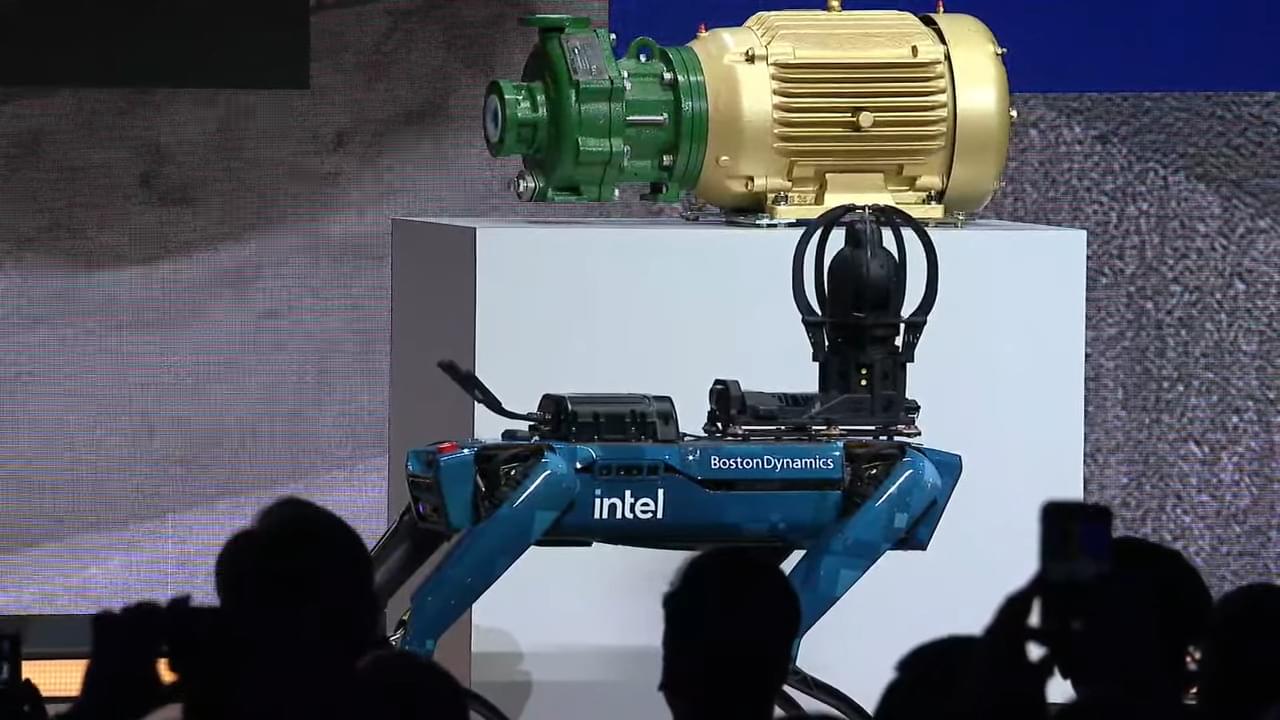Claude AI orchestrated 100 fake personas in global influence campaigns + enabled malware, scams, and brute-force attacks.
Category: robotics/AI – Page 8
Converting sunlight into electricity is the task of photovoltaic solar cells, but nearly half the light that reaches a flat silicon solar cell surface is lost to reflection. While traditional antireflective coatings help, they only work within a narrow range of light frequency and incidence angles. A new study may have overcome this limit.
As reported in Advanced Photonics Nexus, researchers have proposed a new type of antireflective coating using a single, ultrathin layer of polycrystalline silicon nanostructures (a.k.a. a metasurface). Achieving minimal reflection across certain wavelengths and angles, the metasurface was reportedly developed by combining forward and inverse design techniques, enhanced by artificial intelligence (AI).
The result is a coating that sharply reduces sunlight reflection across a wide range of wavelengths and angles, setting a new benchmark for performance with minimal material complexity.
Attackers can weaponize and distribute a large number of packages recommended by AI models that don’t really exist.
MIT researchers have unveiled a groundbreaking periodic table for AI algorithms, offering a new way to categorize and understand machine learning methods.
Juan Lavista Ferres, CVP and chief data scientist at Microsoft’s AI for Good Lab, and Meghana Kshirsagar, senior research scientist, discuss their research on protein symmetry.
Al is advancing faster than ever, and World is building the infrastructure to ensure humanity stays at the center of it.
At this year’s event, held in San Francisco, Alex Blania and Sam Altman unveiled the next chapter in World’s mission:
To create proof of personhood at global scale, safeguard human identity in the age of Al, and expand access to a privacy-preserving financial ecosystem built for everyone.
- World’s US launch — Next-gen Orb and Orb Mini — World ID partnerships with Razer and Match — World App 4.0 — World Card with Visa — Path to full decentralization.
AI is advancing faster than ever, and World is building the infrastructure to ensure humanity stays at the center of it.
“Cast was an AI agent before we started talking about that technology, you know. They’ve just been building this type of automation for a long time.”
Researchers have discovered a way to make tiny robots act like a material, mirroring embryonic tissue cells to adjust their structure on command.
Researchers at Indiana University have shown that an artificial intelligence framework that employs sequential decision-making could reduce healthcare costs by over 50 percent while also improving patient outcomes by over 40 percent. New research from Indiana University has found that machine lea








